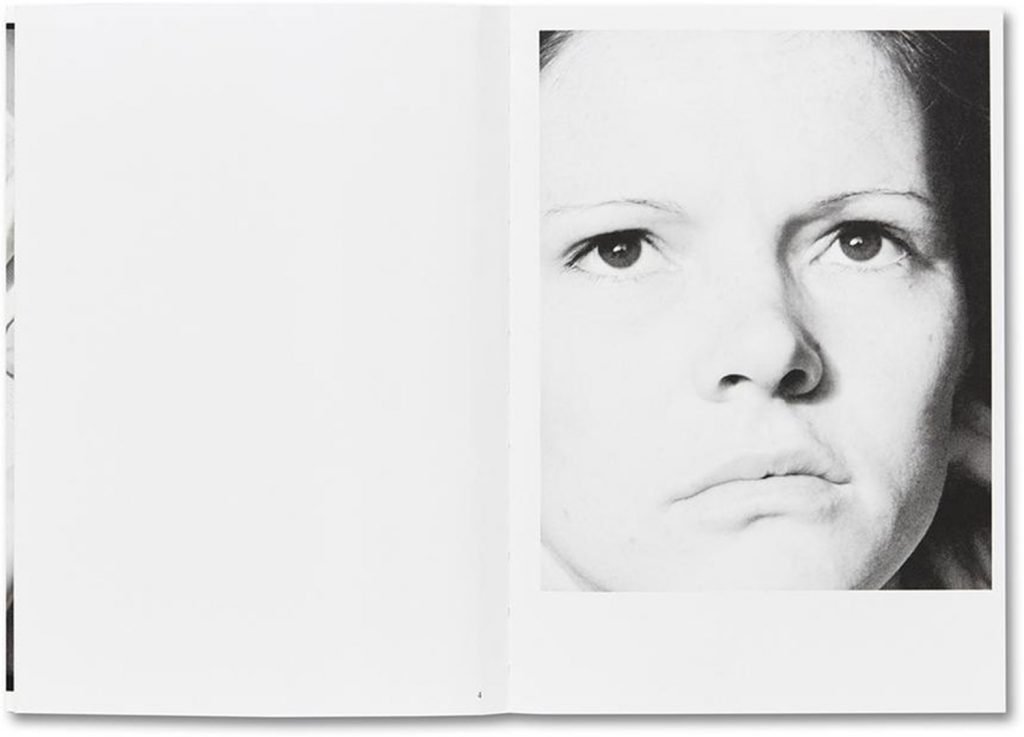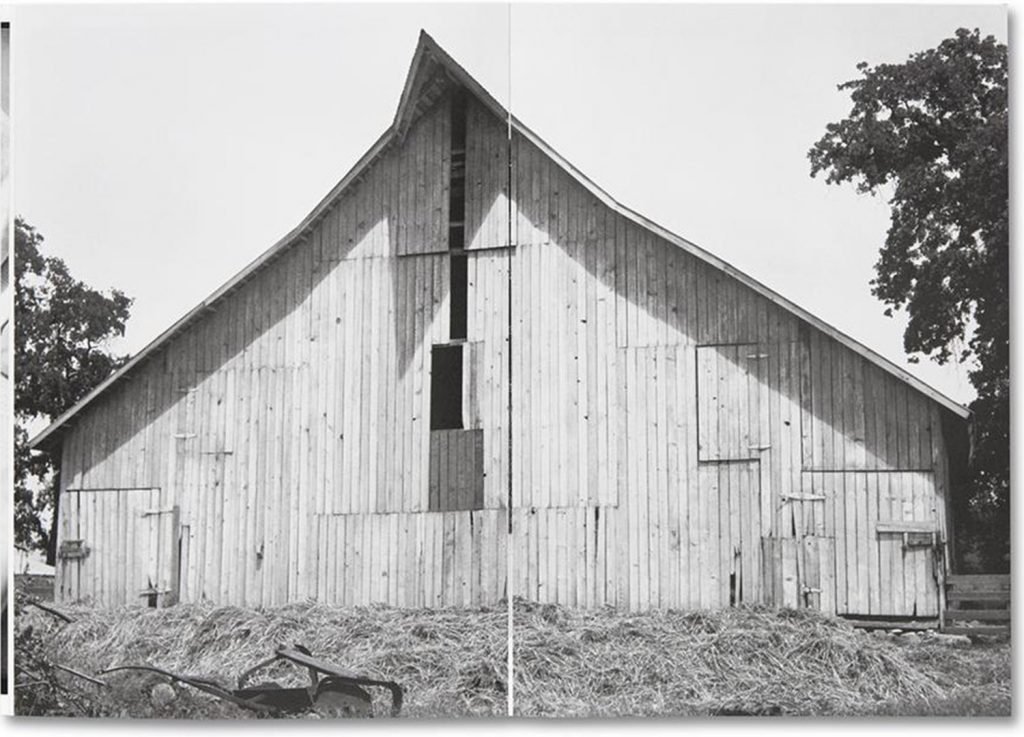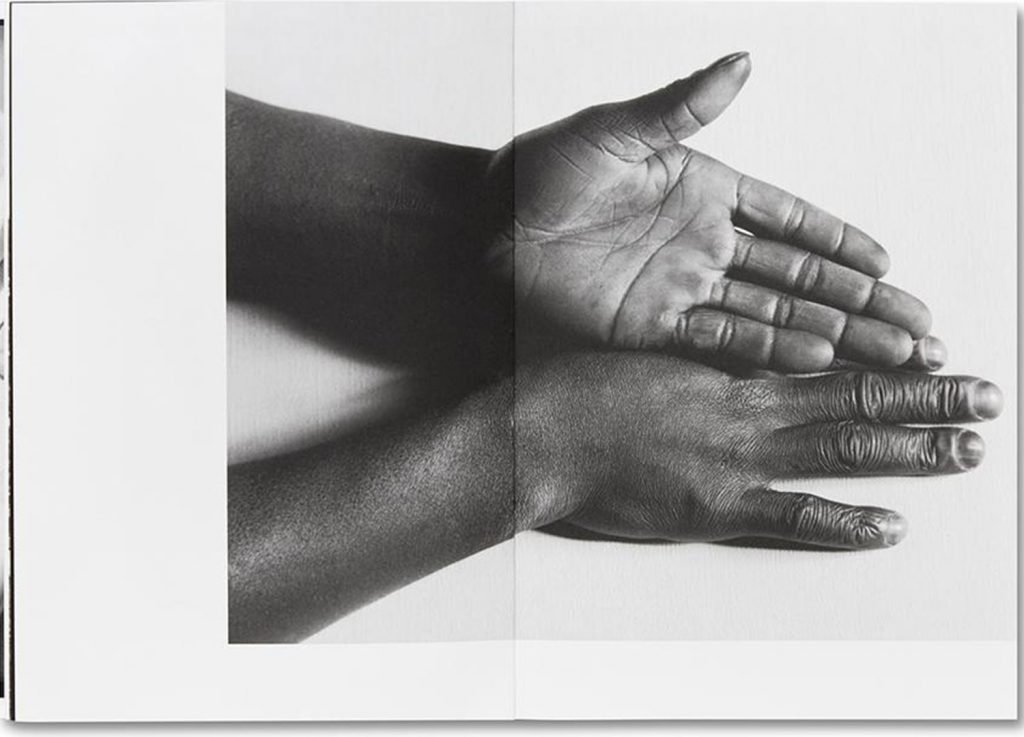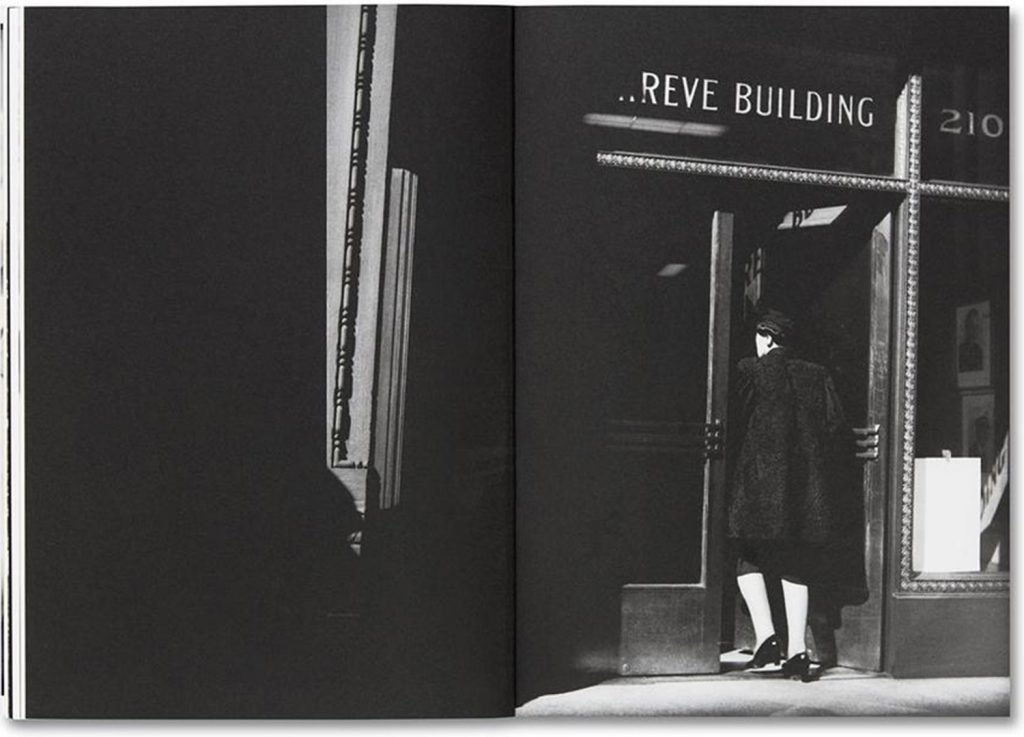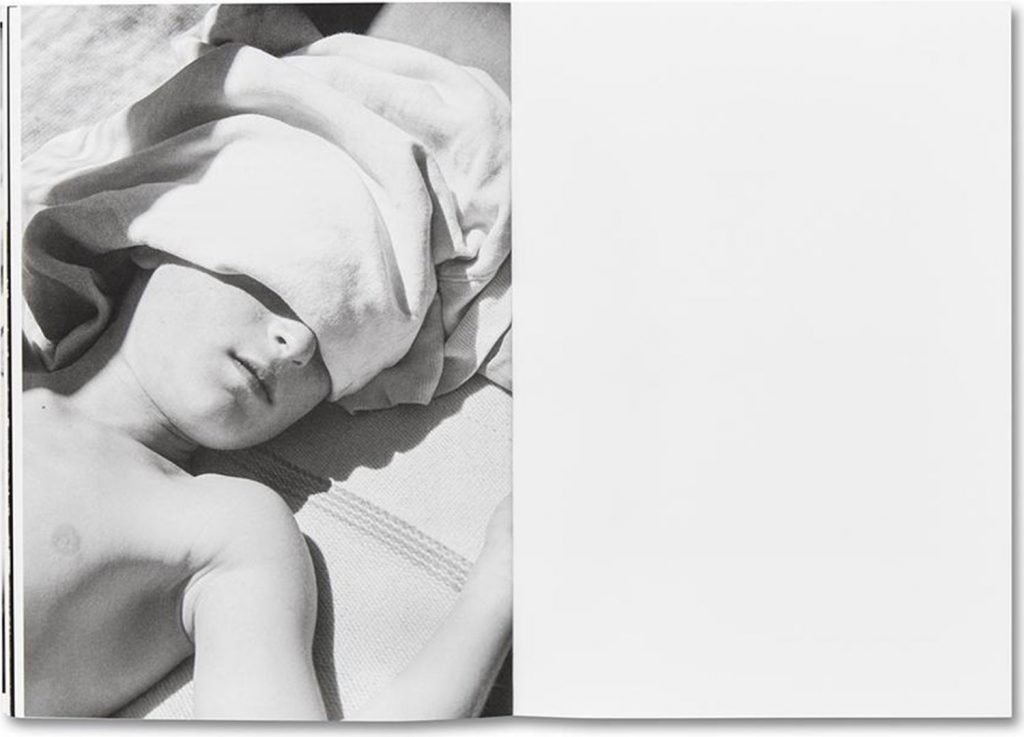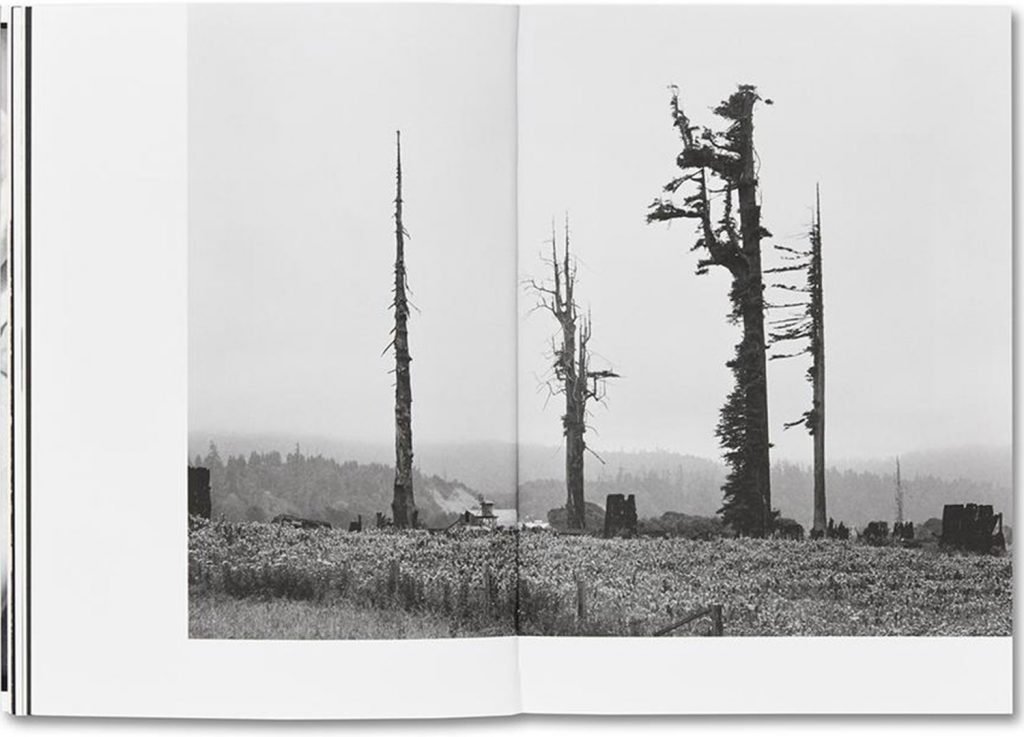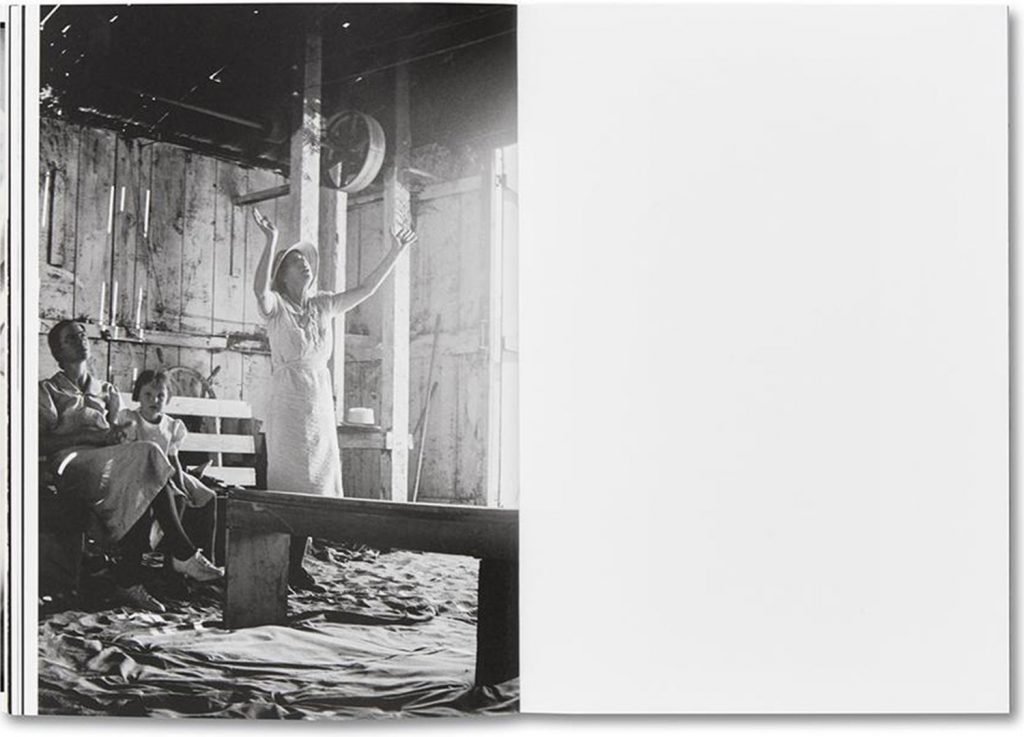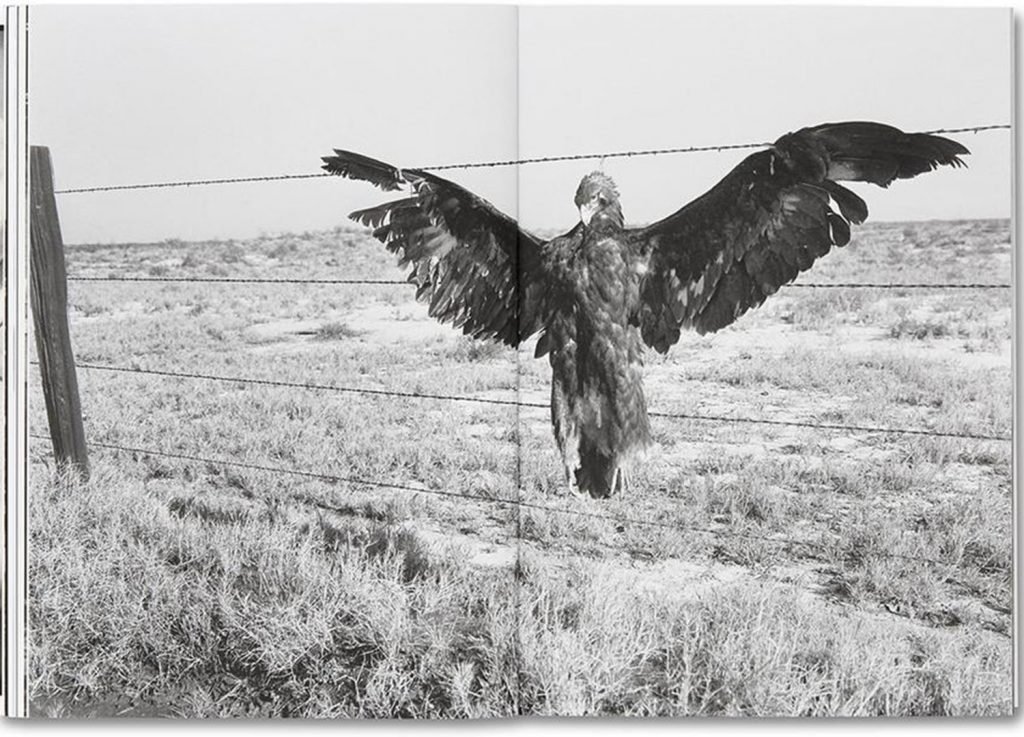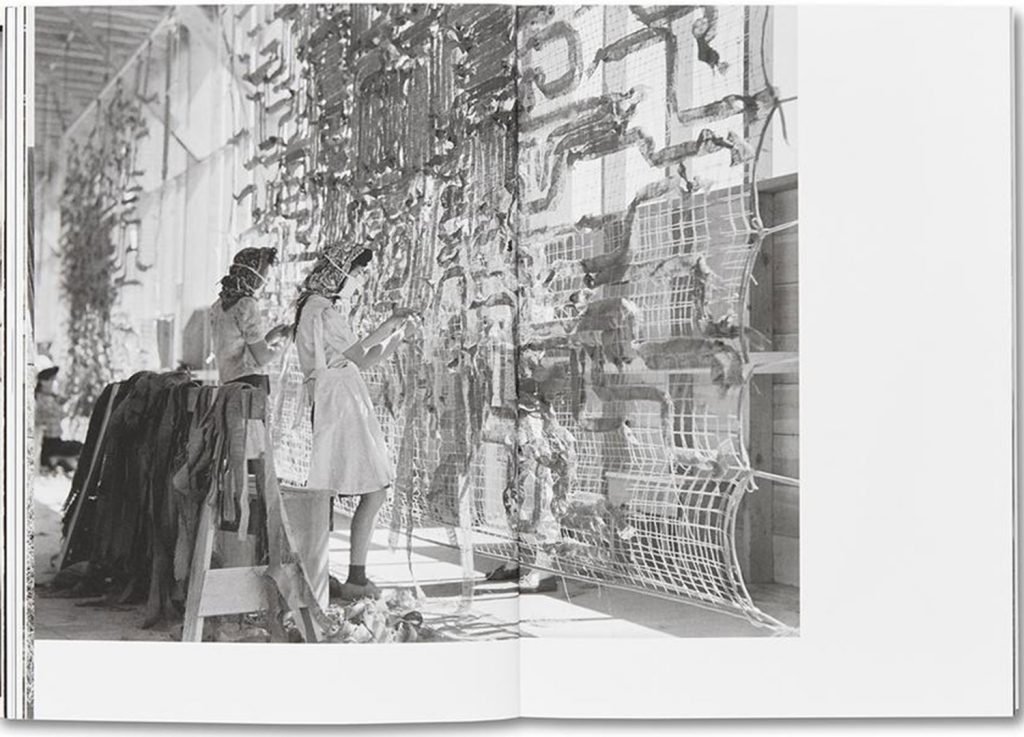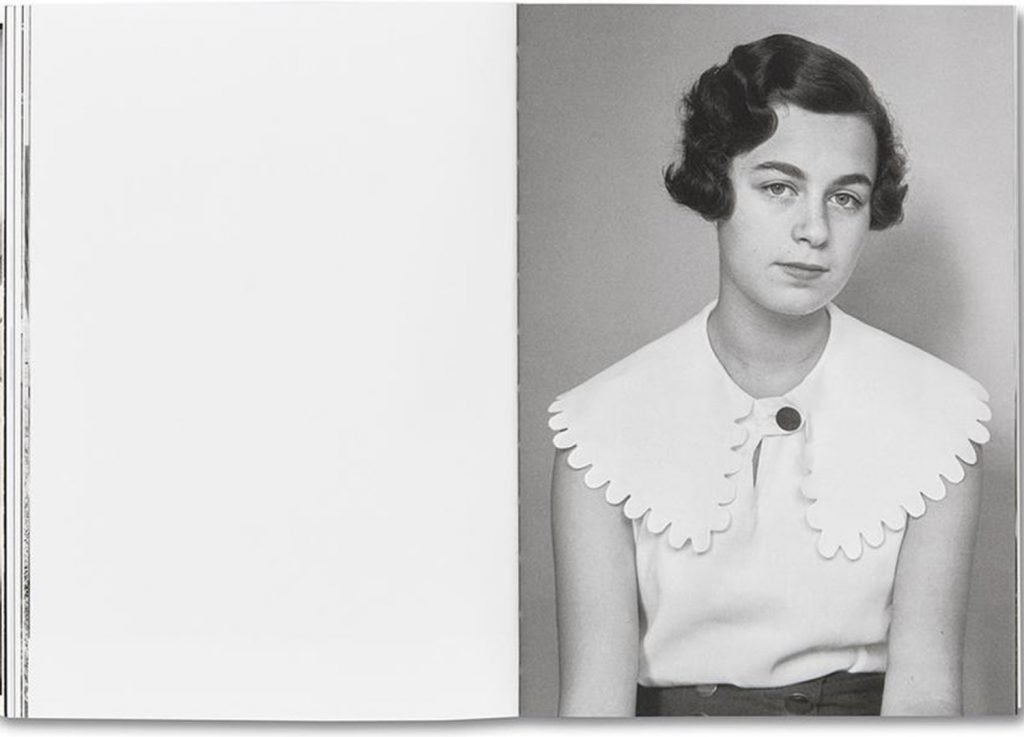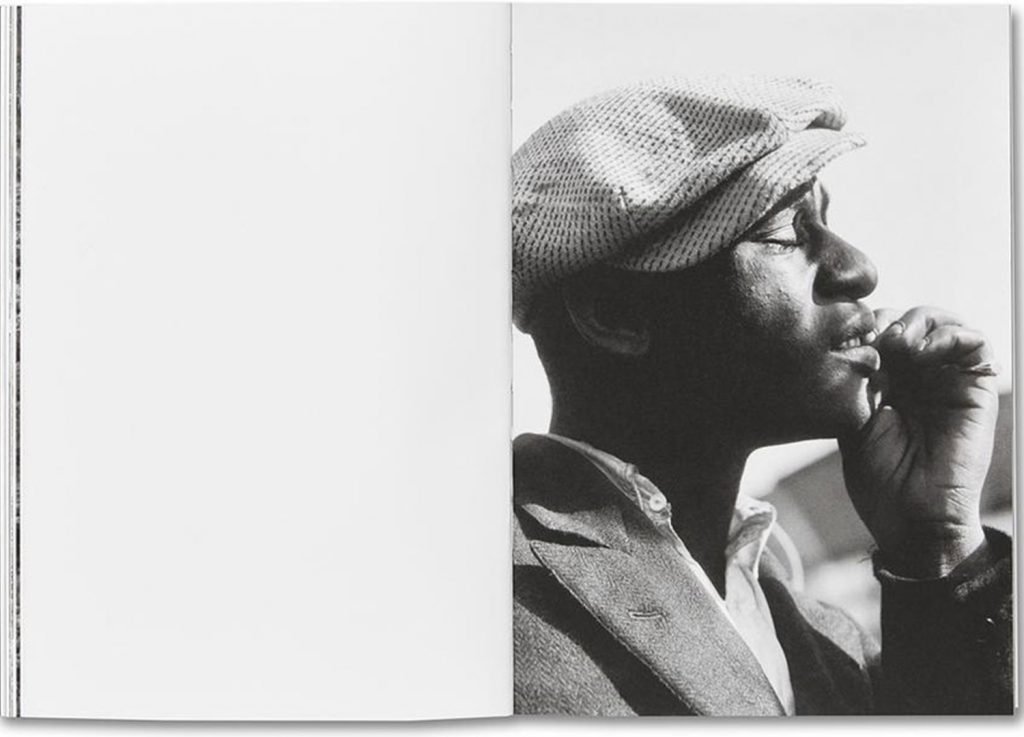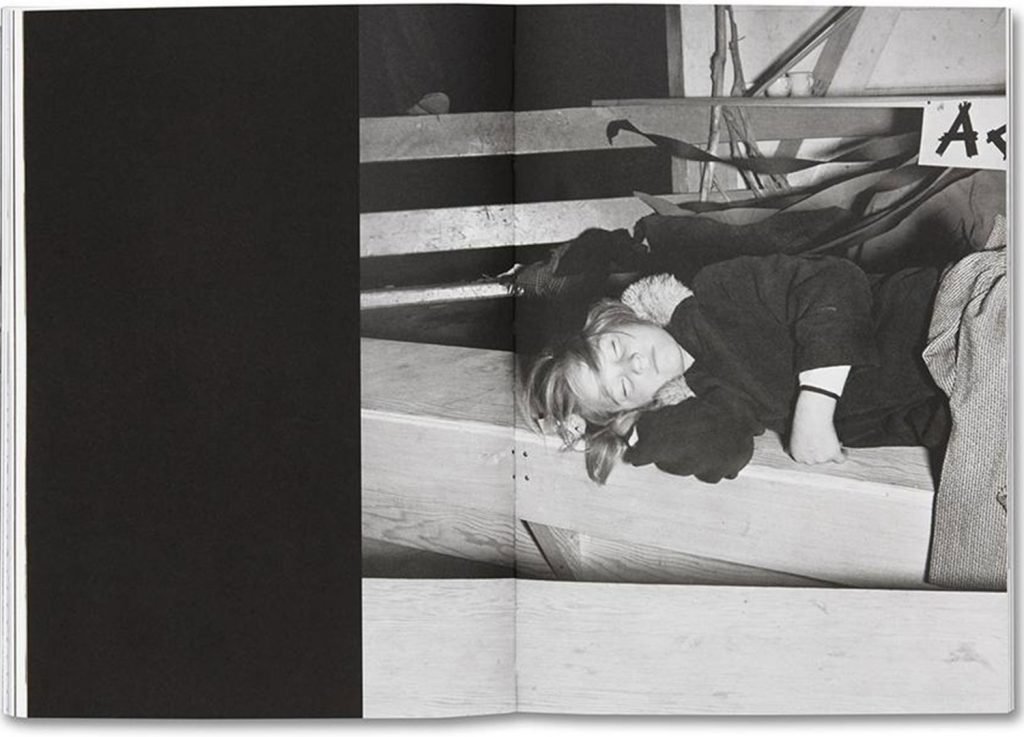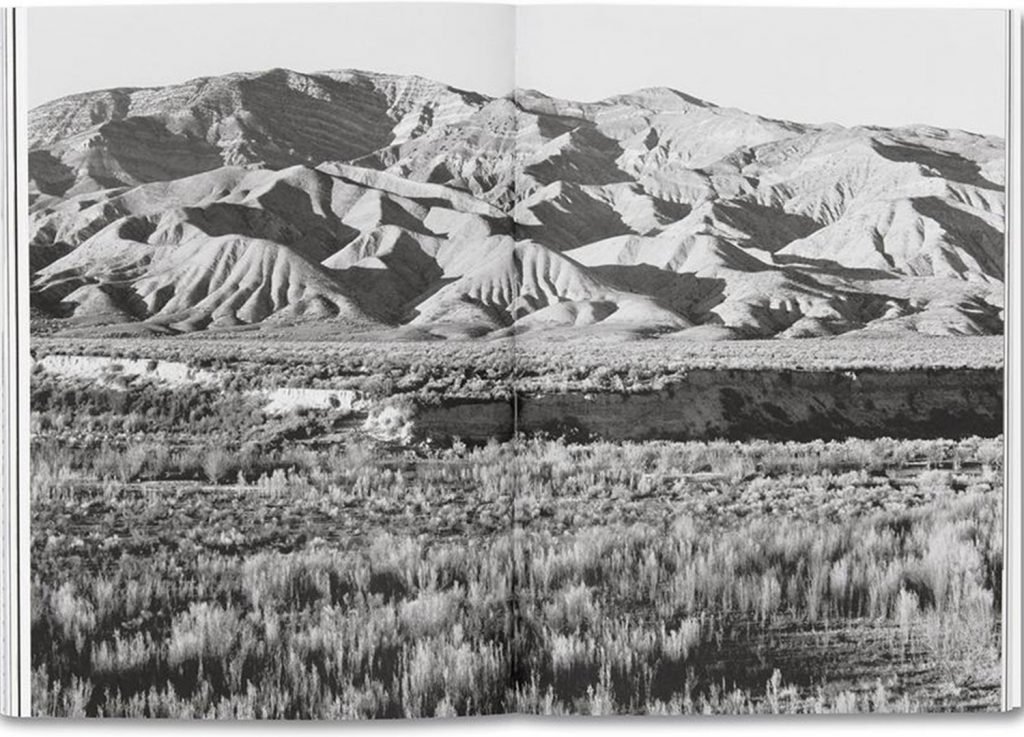In this curious publication Sam Contis presents an unreleased perspective on the work of Dorotea Lange. Moving within the large archive of Lange, Sam Curtis collects fragments, visual and sensitive moments, unpublished and intimate images capable of outlining a path whose identity and postural profile is totally new to those who know well the iconic works of Lange, that with projects such as Migrant mother and many other works is known as an iconic author who has been able to actualize a careful look to detect the social conditions created since the Great Depression of ’29. A planning very close to the philosophy of straight photography and in dialogue with the F/64 group, whose founding photographers Lange attended, without ever formally joining the group.
The curatorial work of Sam Contis shows us the author through the gaze and attention of another to see her way of looking. Rotating around the figure of the sleeper during the day, the images penetrate a sort of suspension, the narrated sleep is pause, oblivion, but also suspension of work – care and recollection of what matters most and belongs to us.
It is no coincidence in fact that among the many and partly unknown images collected many show the Lange family itself, as well as images of the familiar streets of San Francisco and in the East Bay.
Perhaps freed from the pressing political responsibility to tell the reality of people in disastrous situations, these images linger elsewhere.
Perhaps also bringing back a playful character, they abandon themselves and keep the enchanted textures of a cotton dress or dedicate themselves to the exploration and visual impression of a simple hand outstretched in the air and light. Simple, meticulous, almost trivial images, which, however, in their simplicity express a falling in love and amazement towards world and life, which we should consider fundamental.
Precious as the story that Lange herself was able to do, by continuing with a large number of reports telling about the difficult conditions of immigrants, laborers and workers in the United States; work made possible also thanks to the attention of the Rural Resettlement Administration and to the commissions that the University of California through the person of Paul Schuster Taylor (her future husband) did.
Dorothea Lange (Hoboken, May 26, 1895 –San Francisco, October 11, 1965) was an American documentary photographer. Her birth name was Dorothea Margaretta Nutzhorn, but she decided to be called Dorothea Lange, taking the mother’s surname.
In 1902, at the age of 7, she was affected by polio, which caused her to have a permanent deficit in her right leg. Dorothea Lange, however, reacted to her handicap with extreme determination, studying photography in New York with Clarence White and collaborating with several studios, such as Arnold Genthe’s famous one.
In 1918 she left for a photographic expedition across the world. When the money ran out she stopped in San Francisco, opening his own studio and becoming an integral part of city life, until her death. Right where Genthe had built her success, before moving to New York, Dorothea Lange married the painter Maynard Dixon and had two children, Daniel (1925) and John (1928).
His careful reconnaissance work between the unemployed and the homeless of California attracted the immediate attention of the Rural Resettlement Administration, a federal crisis monitoring body destined later to become the FSA (Farm Security Administration). She photographed peasants who had left the countryside because of the Dust Bowl, the sandstorms that had desertified 400,000 km2 of U.S. farmland. Her photos attracted the attention of Paul Schuster Taylor, an economist from the University of California, who commissioned her an extensive photographic documentation.
Between 1935 and 1939, she made a large number of reports, always on the condition of immigrants, laborers and workers. 1935 was also the year in which Dorothea divorced Dixon, marrying Paul Taylor who became the key man in her professional activity: Taylor contributed with interviews, data collections and statistical analysis to his wife’s photographic reports.
In 1947 she collaborated in the creation of the Magnum agency and in 1952 she was one of the founders of Aperture magazine.
Due to the poor health conditions in which she endured in the last years of her life, her activity suffered a sharp standstill. She died aged 70 from esophageal cancer.
Sam Contis (b. 1982) lives and works in California. She received her MFA from Yale University’s School of Art in 2008. Her work has been shown internationally with exhibitions in Los Angeles, Amsterdam, Antwerp, London, and San Francisco. She has had recent solo shows at the Berkeley Art Museum and Pacific Film Archive and at Klaus von Nichtssagend Gallery in New York and in 2018 her work was included in Being: New Photography at MoMA, New York. She is a recipient of the 2017 Nancy Graves Foundation Artist Grant and the 2016 Aaron Siskind Foundation Fellowship. Contis’s work is represented in collections including the Carnegie Museum of Art, Pittsburgh; KADIST, Paris and San Francisco; the Los Angeles County Museum of Art; the Museum of Modern Art, New York; the Whitney Museum of American Art, New York; and the Yale University Art Gallery, New Haven. Deep Springs, her first book, was published by MACK in 2017 and her most recent book, Day Sleeper, a reimagining of the work of Dorothea Lange, was published by MACK in 2020. Her work is currently on view in Dorothea Lange: Words and Pictures at MoMA, New York and in Masculinities: Liberation through Photography at the Barbican, London.

